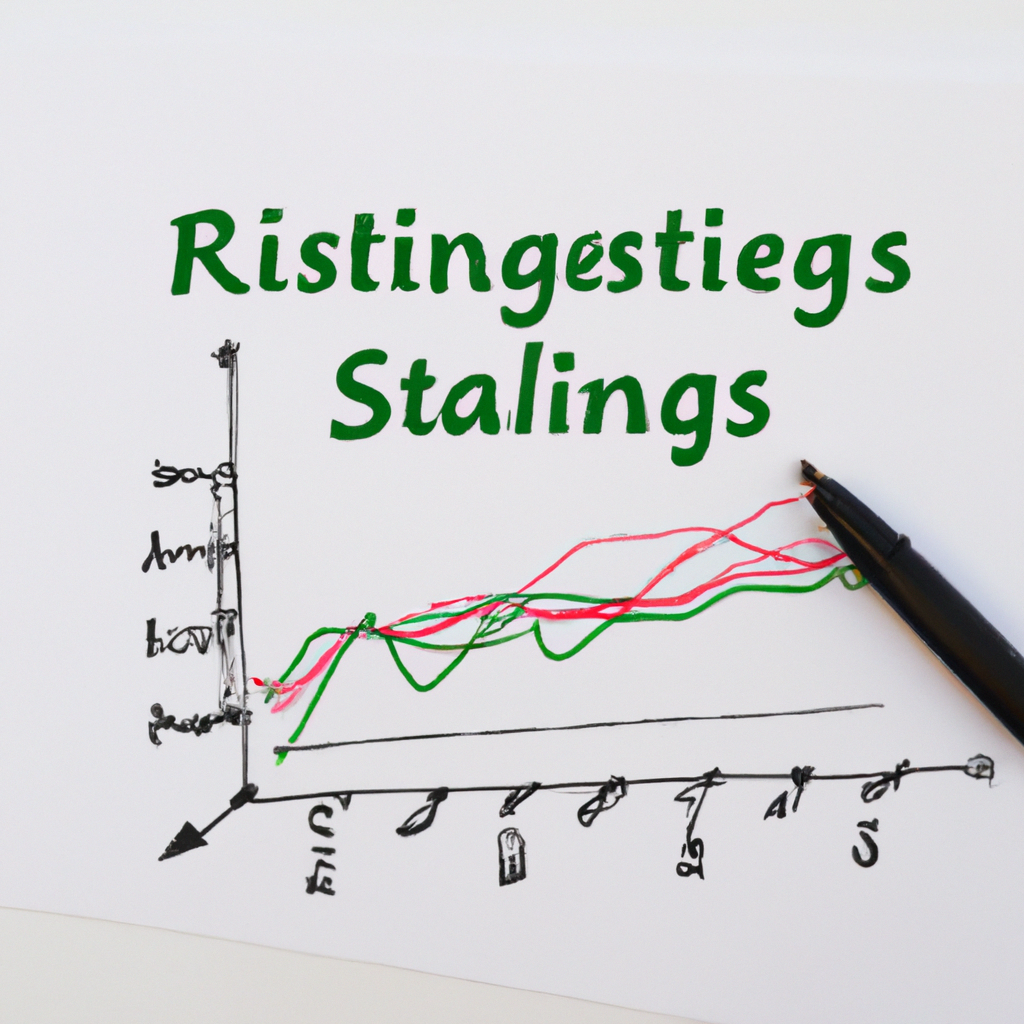RSI Strategies for Market Analysis
Introduction
The Relative Strength Index (RSI) is a popular technical indicator used by traders and investors to analyze market trends and make informed trading decisions. Developed by J. Welles Wilder, the RSI is a momentum oscillator that measures the speed and change of price movements. In this article, we will explore some effective RSI strategies for market analysis that can help traders identify potential entry and exit points.
1. RSI Overbought and Oversold Levels
One of the simplest ways to use the RSI is by identifying overbought and oversold levels. Typically, an RSI reading above 70 indicates an overbought condition, suggesting that the market may be due for a price correction or a potential reversal. Conversely, an RSI reading below 30 indicates an oversold condition, suggesting that the market may be due for a bounce or a potential reversal to the upside. Traders can use these levels as signals to enter or exit trades, depending on the overall market trend.
2. RSI Divergence
RSI divergence occurs when the price of an asset moves in the opposite direction of the RSI indicator. This can be a powerful signal of a potential trend reversal. There are two types of RSI divergence: bullish and bearish. Bullish divergence occurs when the price makes lower lows, but the RSI makes higher lows. This suggests that the selling pressure is weakening, and a potential uptrend may be imminent. Conversely, bearish divergence occurs when the price makes higher highs, but the RSI makes lower highs. This suggests that the buying pressure is weakening, and a potential downtrend may be imminent. Traders can use RSI divergence to confirm the strength of a trend or to anticipate a potential reversal.
3. RSI Trendline Breaks
Another strategy for utilizing the RSI is by drawing trendlines on the indicator itself. By connecting the highs or lows of the RSI, traders can identify potential trendline breaks. When the RSI breaks above a downward trendline, it suggests a potential bullish reversal. Conversely, when the RSI breaks below an upward trendline, it suggests a potential bearish reversal. This strategy can help traders identify trend reversals and potential entry or exit points.
4. RSI and Support/Resistance Levels
Combining the RSI with support and resistance levels can provide additional confirmation for trading decisions. When the RSI approaches a significant support level, it may suggest a potential bounce or reversal to the upside. Conversely, when the RSI approaches a significant resistance level, it may suggest a potential pullback or reversal to the downside. Traders can use these levels in conjunction with the RSI to validate their trading strategies and manage risk effectively.
Conclusion
The RSI is a versatile technical indicator that can be used in various ways to analyze market trends and make informed trading decisions. Whether it’s identifying overbought and oversold levels, spotting RSI divergence, monitoring trendline breaks, or combining the RSI with support and resistance levels, traders can leverage these strategies to gain an edge in the market. However, it is important to remember that no single indicator can guarantee profitable trades, and it is always prudent to use the RSI in conjunction with other technical analysis tools and fundamental analysis for comprehensive market analysis.
